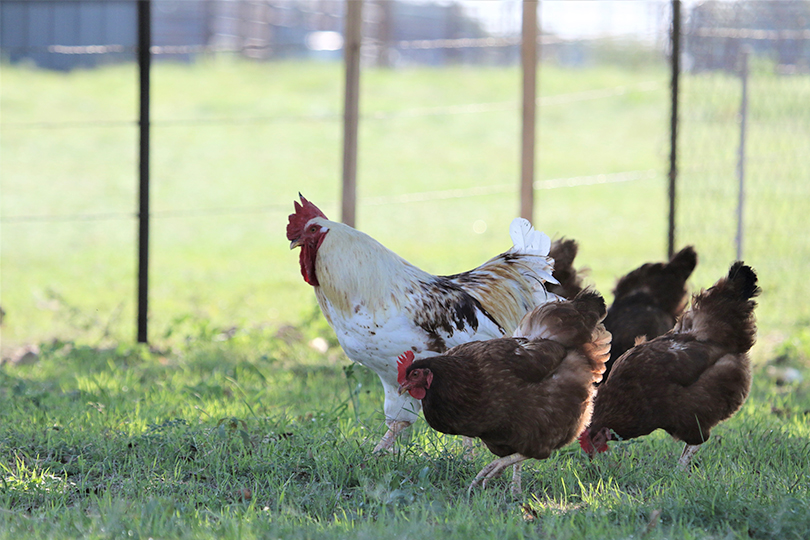By Emmy Powell
Communications Specialist
There have been fewer cases of highly pathogenic avian influenza (HPAI) across the country this year compared to last year. But U.S. Department of Agriculture (USDA) officials and poultry industry groups continue to take strict precautions.
Those safety measures are responsible for the recent decline in HPAI detections, according to USDA’s Undersecretary for Marketing and Regulatory Programs Jenny Lester Moffitt.
“We know the virus is still prevalent in the wild bird population,” she said. “And so the partnerships with state animal health officials as well as producers, industry, academia, to make sure that we continue to do robust surveillance … that the industry continues to implement the biosecurity plans is a really important part of that.”
But officials caution producers, landowners and the general public to remain vigilant for signs of avian influenza in domesticated and wild birds.
“We’re encouraged by where we are right now, but no one’s ready to declare victory,” Joel Brandenberger, president of the National Turkey Federation, said.
USDA noted about 85% of HPAI is introduced to a flock through outside factors, such as wild birds. Only 15% is introduced by lateral movement—from one poultry house to another.
The Biden administration is moving forward with HPAI vaccine trials, but a viable vaccine is still 18-24 months from being ready to distribute. The vaccine could threaten exports of poultry meat and genetics, according to Senior Vice President of Scientific and Regulatory Affairs for the National Chicken Council Ashley Peterson. It would be essential to reach an agreement with trading partners prior to implementing vaccine protocols.
“We export about 17% of our production, which equates to almost 7.5 billion pounds of chicken,” Peterson said.
Since the first case of HPAI was detected Feb. 7, 2022, the supply chain has largely felt the impacts and implications.
Farmers have faced the risk of depopulation, while consumers have paid record prices for eggs and turkey due to tighter supplies.
American Farm Bureau Federation (AFBF) economists noted the virus has affected 58.8 million birds in 831 flocks in 47 states, and the current outbreak has lasted twice as long as the 2015 HPAI outbreak.
USDA continues to take a reactive approach to mitigating the spread of HPAI.
USDA’s Animal and Plant Health Inspection Service (APHIS) has three goals for its response to HPAI:
- Detect, control and contain HPAI in poultry as quickly as possible.
- Eradicate the virus using strategies to protect public health and the environment, and stabilize animal agriculture, the food supply and the economy.
- Provide science- and risk-based approaches and systems to facilitate continuity of business for non-infected animals and non-contaminated animal products.
APHIS follows three principles to contain, control and eradicate HPAI in the U.S. poultry population:
- Prevent contact between the HPAI virus and susceptible poultry.
- Stop the production of the HPAI virus by infected or exposed animals.
- Increase the disease resistance of susceptible poultry to the HPAI virus or reduce the shedding of HPAI in infected or exposed poultry.
Their current response to the outbreak is controlling the spread of the virus. Developing a proactive plan to control the outbreak is necessary.
APHIS’s Defending the Flock education program is available for free. The program offers free tools and resources to help follow proper biosecurity practices.
USDA offers an indemnity program for birds and eggs that are destroyed due to HPAI. The program does not pay for birds that were killed by HPAI itself, only those that must be de-populated. Since HPAI can move quickly through a flock it is important to promptly report dead birds as soon as they are found to begin the inventory process.
Read the AFBF HPAI Market Intel.

